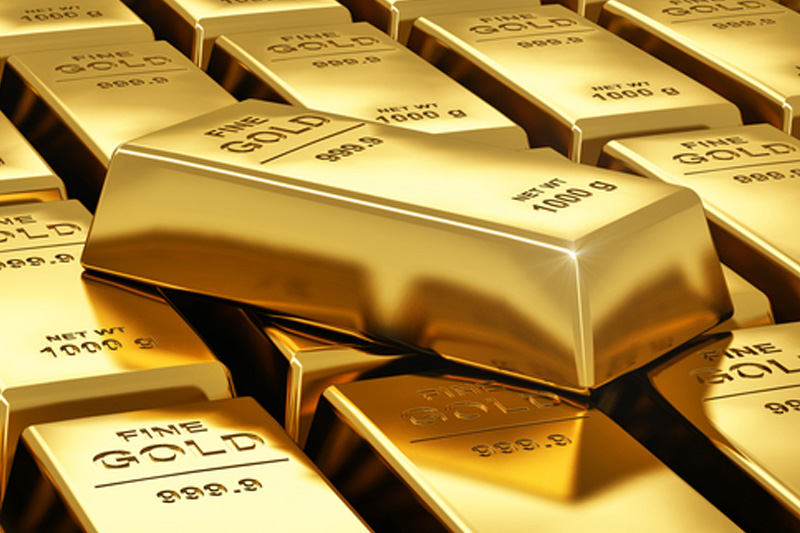Investing.com - Gold futures turned modestly higher on Wednesday, despite data showing that U.S. non-farm private employment rose more-than-expected in September.
On the Comex division of the New York Mercantile Exchange, gold for December delivery traded at $1,214.30 a troy ounce during U.S. morning hours, up $2.70 from a closing price of $1,211.60 on Tuesday.
Gold traded at $1,209.70 ahead of the employment data. Prices fell to a ten-month low of $1,204.30 on Tuesday.
Futures were likely to find support at $1,199.80, the low from December 24 and resistance at $1,220.70, the high from September 30.
Also on the Comex, silver for December delivery tacked on 6.6 cents to trade at $17.12 a troy ounce. Futures slumped to $16.85 on Tuesday, the lowest level since March 2010.
In a report, payroll processing firm ADP said non-farm private employment rose by a seasonally adjusted 213,000 last month, above expectations for an increase of 210,000. The economy created 202,000 jobs in August.
Market players now looked ahead to a report from the Institute of Supply Management on manufacturing activity due later in the day for further indications on the strength of the economy and the future path of monetary policy.
Investors were also awaiting Friday's closely-watched nonfarm payrolls report for September.
A strong U.S. nonfarm payrolls report was likely to add to speculation about when the Federal Reserve will begin to raise interest rates, while a weak number could boost gold by undermining the argument for an early rate hike.
Expectations that the Fed is growing closer to raising interest rates have boosted the dollar against the euro and the yen in recent months, as the European and Japanese central banks look likely to stick to a looser monetary policy stance.
The Dollar Index, which tracks the performance of the greenback versus a basket of six other major currencies, traded at 86.10, not far from the previous session's four-year high of 86.33.
A stronger U.S. dollar usually weighs on gold, as it dampens the metal's appeal as an alternative asset and makes dollar-priced commodities more expensive for holders of other currencies.
Gold futures sank 6.1% last month, while silver prices tumbled 13% amid speculation that the Fed could raise interests sooner and faster than previously expected.
Gold and silver cost money to store and struggles to compete yield-bearing assets when interest rates are on the rise.
Market players are also awaiting the European Central Bank's policy meeting on Thursday amid mounting expectations that the central bank will announce quantitative easing measures as a way to shore up growth and stave off deflation.
Elsewhere in metals trading, copper for December delivery tacked on 3.1 cents to trade at $3.038 a pound.
Prices fell to a five-month low of $3.000 earlier in the session after data showed that factory growth in China held up last month but remained subdued, indicating a recovery in the broader economy remains fragile.
China’s official manufacturing index held steady at 51.1 in September, unchanged from August and broadly in line with market expectations.
China is the world's largest copper consumer, accounting for nearly 40% of global demand.
The industrial metal lost 4.8% in September amid indications China's economy is losing momentum and as a broadly stronger U.S. dollar dampened the appeal of dollar-denominated commodities.
